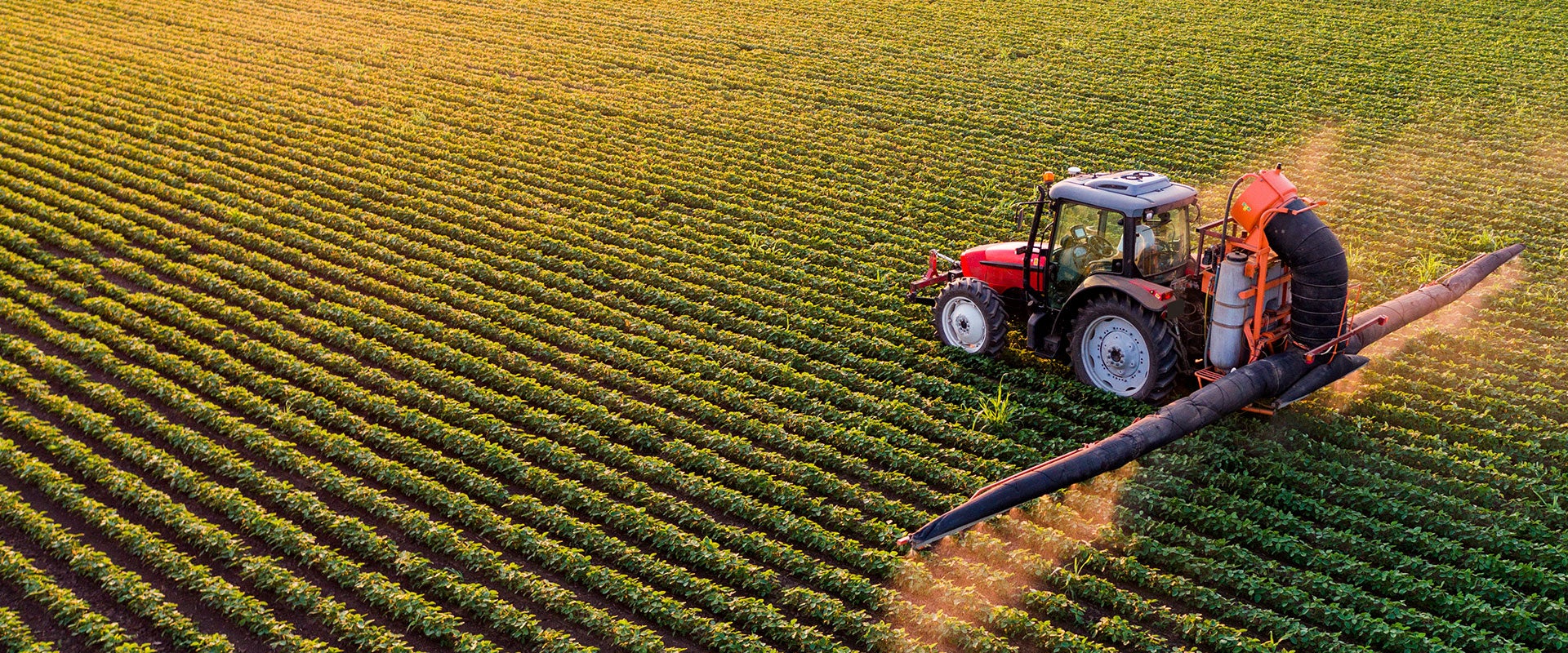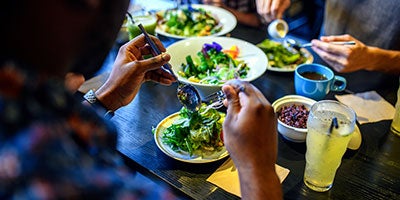
In the Brazilian countryside the mood is festive, as income has never been so high. After a record year in 2020, the gross domestic product (GDP) of Brazil’s agribusiness grew again in 2021, by more than 8%. Thanks to a strong performance by farmers and growers, the sector’s participation in the Brazilian GDP reached ~27%, the highest level since 2004. This success story is reflected in the activities of farms and large agricultural companies alike, which have seen new investments, land acquisition plans, and an increase in crop yields and productivity.
Naturally, these producers’ positive moment extends to the entire value chain. According to CEPEA (Brazil’s Center for Advanced Studies on Applied Economics), the agricultural inputs segment increased by 52% in 2021. Driving this growth more specifically is the specialty inputs category, which is taking over the inputs market landscape (see Figure 1). Among specialty inputs, standouts include organominerals fertilizers (No. 5), with +80% compound growth over the past two years, together with biologicals (Nos. 1, 2 and 3), with +50% year-over-year growth in the same time period. Foliar fertilizers (No. 4) and inoculants (No. 2) grew ~30% p.a. and still offer a positive outlook, with a short-term combined growth projection of 15%-25% p.a.
Specialty ag inputs increase crop yields and minimize the effects of potential issues at different stages of the harvest. They are part of the ongoing transformation of the agribusiness sector from a simple, low-tech market to a sophisticated, connected and more sustainable value chain. Those inputs likewise have become increasingly complex and multifunctional, resulting in reduced costs and increased profitability for farmers — and therefore an all-time high in the utilization rate of such products.
This market rise can be explained by an assortment of factors, including the following five main drivers shaping the sector’s favorable dynamics (see Figure 2).
-
Commodities boom. Agricultural commodities prices in Brazil have hit record highs in recent years, reflecting factors such as high domestic inflation rates, a drought crisis in the country’s southern region, the delayed effects of the COVID-19 pandemic and the war in Ukraine. Combined with long-standing high demand for grains in China, the global agricultural outputs supply is currently under pressure — and highly valued. The increased profit pool has created extra cash flow into farmers’ hands, directly impacting their ability to implement new crop investments and experiment with new products such as specialty inputs.
-
Innovative techniques. Farmers in Brazil now have greater access to information and are seeking out innovative techniques for increasing the value generated through their business. In this context, practices such as precision farming, integrated pest management and regenerative agriculture have grown significantly in recent years, driving the use of specialty inputs — a major component in the adoption and evolution of these handling techniques.
-
Credit lines and funding. Several new financial instruments and programs (e.g., FIAGRO, CRAs, “agfintech” solutions) have advanced the use of credit lines and funding alternatives among farmers, increasing the amount of capital invested in agribusiness. Supported by the sector’s positive perspective, access to such financial tools is unprecedented. Overall, farmers benefit from additional levers to invest and test new solutions such as specialty ag inputs.
-
Sustainability focus. The agribusiness sector plays a relevant role in the context of CO2 and other greenhouses gas emissions control. One way the sector can contribute directly to worldwide sustainability is by using specialty ag inputs that deliver a positive impact on crop yields and productivity. Soil conservation and the use of biodegradable products also play a major role in the sector, where value chain agents constantly provide pressure on farmers, influencing habits toward a more sustainable way of working.
-
Favorable regulation scenario. The Brazilian government continually takes measures to stimulate agribusiness through new regulations and public incentives. The National Program for Bio-inputs, the National Fertilizer Plan, the Agro Law (encouraging credit lines) and ConectarAgro (providing incentives for connectivity that supports precision agriculture and other technologies) are examples of measures established since 2020 that are already delivering a positive impact on the Brazilian specialty ag inputs market. Additional changes, such as the EU’s new rules to speed up approval and authorization of biopesticides, are expected to drive the market further still.
Looking forward, from the manufacturers’ and distributors’ perspective, there remains room for improvement. With adoption thriving, value chain players can take advantage of the timing to build awareness of their products and conquer a greater stake of the market (see Figure 3). The go-to-market strategy for these ag inputs, however, is complex and requires multiple interactions with farmers.
-
Demand generation is crucial, and proximity to farmers is essential in order to beat out the competition in explaining these products’ benefits and urging product usage
-
Sample distribution is an effective method of demonstrating a product’s concrete impact on crop yields — and on farmers’ earnings
-
Product representatives’ field presence, both in the first days of product application and in periodic visits to assist and guide farmers, is a highly prized relationship-building approach
-
Retention and loyalty play a major role in the sector, given farmers’ openness generally to testing new alternatives and innovative products, so any go-to-market strategy must be effective and consistent
Moreover, the value chain of specialty ag inputs has relevant opportunities for consolidation and new entrants. While product adoption continues to increase convincingly, agents have not yet consolidated their brand awareness and loyalty among farmers. And with 40%-50% of farmers open to new alternatives, certainly experimentation and new portfolio launches offer a potentially lucrative approach. Margins can be attractive in several product categories, and solid overall profitability is consistent across the board.
In the specialty ag inputs space, the key to success is the education of farmers, as they progressively come to understand the hidden value these products can extract from their existing assets. Concerns about the environment and sustainable practices will also influence and boost the agricultural sector outlook, with the opportunity to consistently respond to new consumer habits surrounding better, greener products with a higher value add. For stakeholders in this value chain to navigate this wave of positivity, much needs to be done — but their efforts will be rewarded in their influence over this necessary transformation.
Endnote
Sources for this article include Abisolo, Conab, CEPEA, Ministry of Agriculture, companies’ websites, and L.E.K. interviews and analysis.
09162022100913






